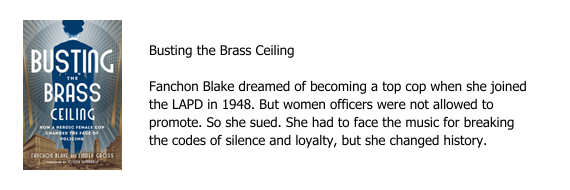Dialogue is a great way to bring your writing to life and move your story along. But only if it’s authentic dialogue. And only if it’s not exposition disguised as dialogue.
What’s exposition, you ask? The dictionary defines it as “a comprehensive description and explanation of an idea or theory.” In short, it’s the definition of telling rather than showing. Having a character articulate that exposition–or even your back story for that matter–doesn’t help. You’re still telling. You’re just having your character do it for you.
Once your dialogue isn’t operating as thinly disguised exposition, you want to make sure that it sounds like authentic dialogue. Would a character actually talk that way? Here are a few hints when checking your dialogue for authenticity:
- Most of us don’t talk in full paragraphs.
- We tend to use contractions.
- We don’t always finish our sentences.
- And we certainly don’t all sound the same.
Here are a few more tips when it comes to writing authentic dialogue that moves your story along rather than bogging it down:
- Readers don’t need (or want) to hear entire conversations. Spare us the boring bits. We want the highlights reel, which probably doesn’t start at the very beginning of an exchange and certainly doesn’t include boring niceties like, “Nice talking to you. Have a good evening.”
- Let us see what the speakers are doing or how they look while they’re talking. These action tags, which can also include the speaker’s internal thoughts, help bring the dialogue to life.
- Listen hard to how different people talk. Take notes when you can.
- Read your dialogue out loud. If you stumble while reading, the problem probably lies with your dialogue more than with your reading.
- Format your dialogue properly. Each new speaker gets a new paragraph, which is indented like the rest of your paragraphs. Quotation marks go around the words being spoken but not around the dialogue tags (i.e., she said). Use a comma after a dialogue tag (She said, “Your dialogue has come so far.”) or before a dialog tag that follows a bit of dialogue (“Your dialogue has come so far,” she said.) Note how the commas and periods fall inside the quotation marks in these examples and how the dialogue’s first letter is capitalized in both examples.
There are a few more rules when it comes to punctuation, but I want to keep you focused on the big picture when it comes to writing authentic dialogue. So, let’s wrap this up by talking about dialogue tags themselves:
- You don’t need to specify who’s speaking if it’s obvious. And you certainly don’t need to use two dialogue tags for a single bit of dialogue, even if it’s on the long side.
- People can’t smile, laugh or wink a statement. They can just say it with a smile, a laugh or a wink. Or they can say it and then smile, laugh or wink.
- Wrong: “You just love your dialogue tags, don’t you?” she laughed. “They’re everywhere.”
- Correct: “You just love your dialogue tags, don’t you?” she said with a laugh she couldn’t suppress. “They’re everywhere.”
- Keep your dialogue tags simple. The word “said” may sound repetitive, but it doesn’t draw attention to itself. You want the dialogue to be the star here. And you’re not going to make boring dialogue anymore exciting by using a more elaborate dialogue tag.




















0 Comments